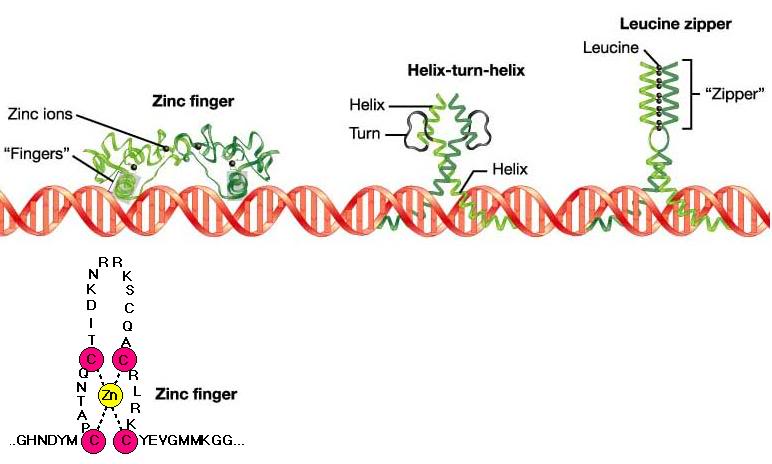Transcription factor activity dynamics during mitosis and early G1 Biology Diagrams
Transcription factor activity dynamics during mitosis and early G1 Biology Diagrams Similarly, the transcription start sites (TSSs) of certain genes scheduled for reactivation following mitosis were shown to remain sensitive to permanganate oxidation in mitosis, suggesting a conformationally privileged structure at the TSSs of these genes (Michelotti et al., 1997). It was thus proposed that some unknown factors must escape the The genome is dynamically reorganized, partitioned, and divided during mitosis. Despite their role in organizing interphase chromatin, transcription factors were largely believed to be mitotic spectators evicted from chromatin during mitosis, only able to reestablish their position on DNA upon entry into G 1.However, a panoply of evidence now contradicts this early belief. Early studies of transcription factor binding in mitosis led to a conclusion that a subset of factors are retained in mitotic chromatin 3 and that genes that are active in interphase can also

Mitotic bookmarking transcription factors (BFs) maintain the capacity to bind to their targets during mitosis, despite major rearrangements of the chromatin. While they were thought to propagate gene regulatory information through mitosis by statically occupying their DNA targets, it has recently become clear that BFs are highly dynamic in Mitosis is accompanied by dramatic changes in chromatin organization and nuclear architecture. Transcription halts globally and most sequence-specific transcription factors and co-factors are ejected from mitotic chromatin. How then does the cell maintain its transcriptional identity throughout the cell division cycle? It has become clear that not all traces of active transcription and gene Abstract. The genome is dynamically reorganized, partitioned, and divided during mitosis. Despite their role in organizing interphase chromatin, transcription factors were largely believed to be mitotic spectators evicted from chromatin during mitosis, only able to reestablish their position on DNA upon entry into G 1.However, a panoply of evidence now contradicts this early belief.

Transcriptional repression across mitosis: mechanisms and functions Biology Diagrams
Mitosis is accompanied by dramatic changes in chromatin organization and nuclear architecture. Transcription halts globally and most sequence-specific transcription factors and co-factors are ejected from mitotic chromatin. How then does the cell maintain "Bookmarking" transcription factors remain bound in mitosis to a subset of their interphase sites (10-15). Knockdown of these factors during mitosis delays reactivation of target genes (10, 11, 13), although the proper transcriptome is eventually regenerated. Thus, the basis for identity maintenance during mitosis remains unclear, and the Taken together, these recent studies call for a paradigm shift toward a dynamic model of TF behavior during mitosis, underscoring the need for incorporating dynamics in mechanistic models for re-establishing transcription post-mitosis. Keywords: binding dynamics, mitotic bookmarking, transcription factors, transcriptional memory. Introduction
